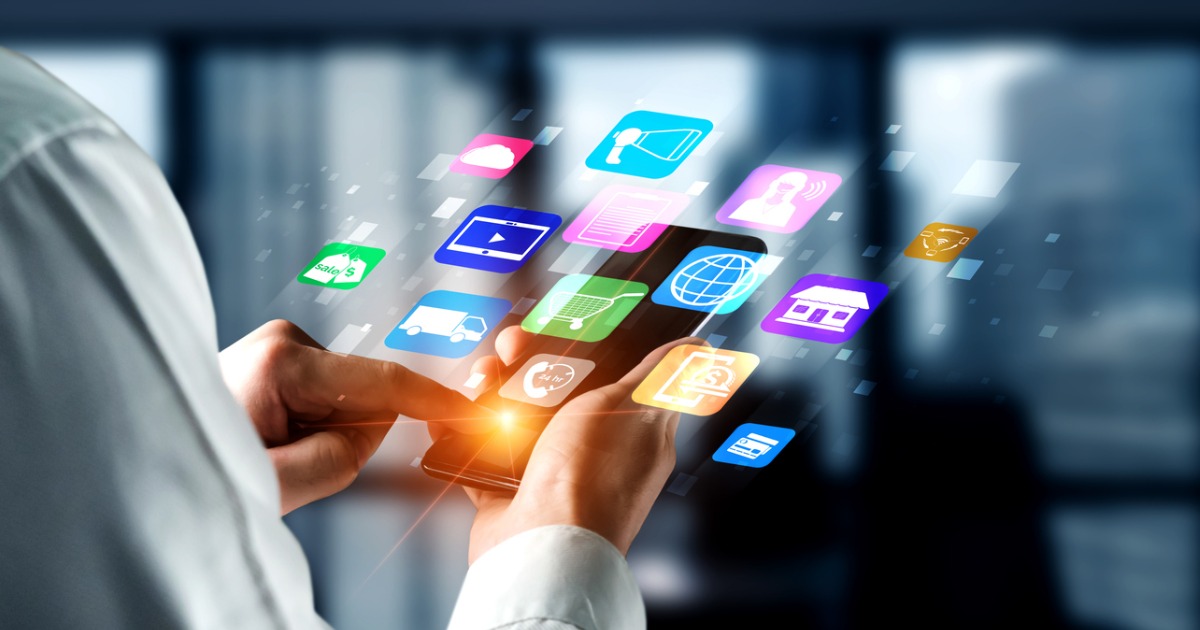
I’ll admit it: I can be pretty cynical at times, especially when it comes to the barrage of buzzwords that can seem to flow from management consulting firms and industry analysts.
Many of them seem to be either an unimaginative repackaging of existing ideas or overly dramatic predictions of massive changes on the horizon. So, when I began to read about “digitization” or “digitalization” and the “4th Industrial Revolution”, I have to say I was a bit skeptical – maybe you can relate.
This is Part 1 of a 3-part series on Key Market Trends Transforming Sales and Pricing in B2B
I think most of us could see the evolution happening with regard to the increased use of digital sales channels and digital experiences in B2B: Amazon Business, for instance, isn’t new, and its growth has been steady and predictable, which is concerning for some. And one can’t argue with demographics – that roughly half the buyers in B2B are now millennials or younger and they, of course, would be biased towards digital in nearly everything.
But very few of us were expecting a global pandemic the likes of which hasn’t been seen since the time when an automobile was still an uncommon sight. A global market disruption that literally forced the vast majority of businesses into a digital/virtual commerce mode in a sudden, do-or-die manner. We all had to urgently figure out how to take whatever processes we still had that were analog or physical and make them virtual and/or digital.
For some of us – like us at Vendavo, a cloud-based SaaS company – it wasn’t a major adjustment. For others though, it has been nothing short of revolutionary. As with many pandemic-related norms like wearing face coverings or “curbside pickup”, many of us have been curious to see how many of these new norms would become permanent.
B2B Omnichannel is Here to Stay
Well, based on some fairly recent research by some of the better sources in the market, it has become clear that sales & commerce in B2B will remain very digital and very omnichannel.
As McKinsey & Company has concluded, “The pandemic has cemented omnichannel interactions as the predominant path for B2B sales. Even as in-person engagement reemerged as an option, buyers made clear they prefer a cross-channel mix, choosing in-person, remote, and digital self-serve interactions in equal measure.”
What’s more, an overwhelming number of B2B executives say that omnichannel sales is actually more effective than the previous, pre-COVID models. “Eight in ten B2B leaders say that omnichannel is as or more effective than traditional methods—a sentiment that has grown sharply throughout the past year—rising from 54 percent at the start of the pandemic to 83 percent in February 2021.”
The new – seemingly new normal – channel mix in B2B appears to be a fairly even mix of channels, with the most predominant sales method being e-commerce, McKinsey points out. “As buyer interest and comfort with digital sales have grown, B2Bs have responded. E-commerce was the most popular route to market for B2B companies as of February 2021 (marginally outpacing in-person). And 41 percent of leaders say it is their most effective sales route, beating out in-person (37 percent) and video (31 percent).”
McKinsey isn’t the only one noting these changes in B2B omnichannel sales. Gartner notes: “Our research suggests the future of sales will see a permanent transformation in strategy, processes and resource allocation that moves the sales organization from seller-centric to buyer-centric and from analog to hyperautomated, digital-first engagement with customers.”
Gartner also observes there’s a sobering statistic in their research: that “44% of millennials” (the oldest of which turn 40 this year!) “prefer no sales rep interaction in a B2B purchase setting.”
A Quantum Leap Forward for B2B eCommerce
So what does this mean in summary? It means that what may have been a nascent and developing trend in B2B took a quantum leap forward due to COVID and it appears to have been a permanent change. Sales and selling in B2B will look as digital and virtual as it will physical and in-person.
To take advantage of B2B omnichannel selling, sales teams need new enablement, skills, and yes, selling technology. Your pricing and offer strategy needs to also incorporate this change, contemplating the impacts of a much more digital and B2C-like customer buying experience (more on this in my next blog).
